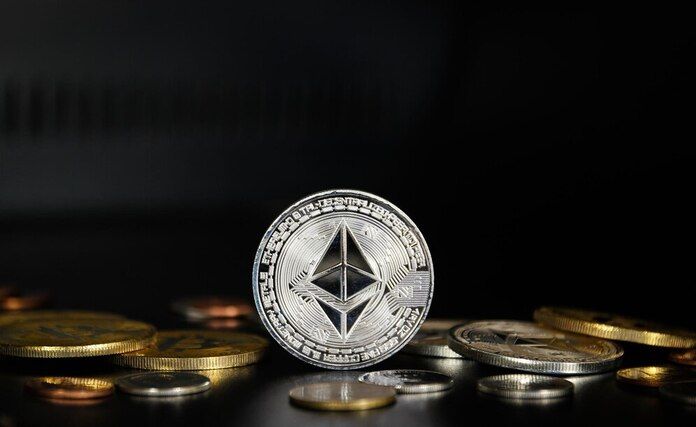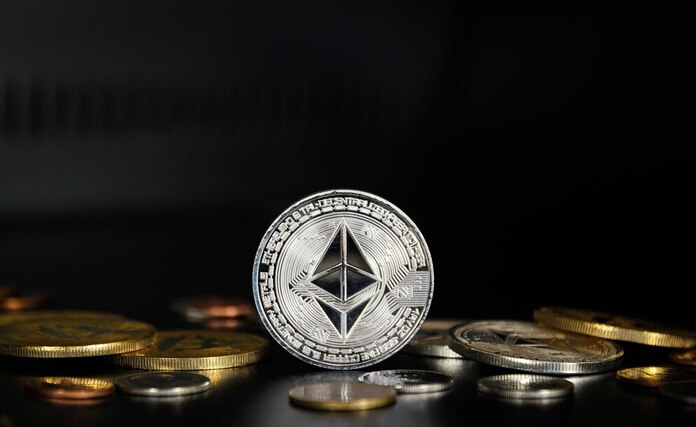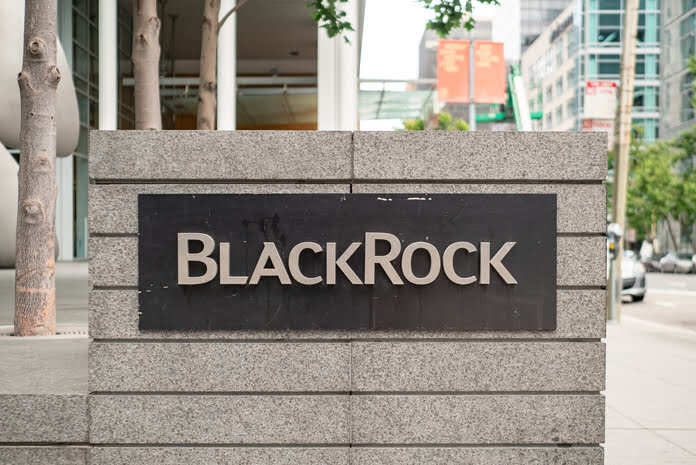Bullish Market Sentiment Dominates Ether Options for End of April

A recent analysis of Ether options’ open interest for the end of April expiry suggests a prevailing bullish sentiment in the market, with an underlying bias toward upward movement, according to industry experts.
The largest cohort of ether options open interest, set to expire at the end of April, demonstrates a significant tilt toward bullish positions, with approximately $3.3 billion of notional ether options slated to expire, as per Deribit data. Around two-thirds of this total have been placed on calls, representing bullish bets on price movement.
Wintermute OTC Trader, Jake Ostrovskis, highlighted that call strikes are concentrated between $3,700 to $4,000, indicating an inclination toward upside movement and an overall bullish sentiment in the market.
Moreover, Ostrovskis pointed out that the current open interest skew favors call trading at a premium to puts, coupled with a notable increase in implied volatility over the weekend. This suggests a stronger directional bias and reduced dependence on writing options to finance premiums.
Bullish Put-Call Ratio
Deribit data reveals that the ether put-call ratio for the end of April expiry stands at 0.45, slightly more bullish compared to bitcoin options, which have a put-call ratio of 0.48. Ostrovskis attributes this trend to traders identifying relative value in ether, especially considering its underperformance compared to Bitcoin in 2024.
A put-call options ratio below one signifies that call volume exceeds put volume, indicating bullish sentiment in the market. This trend is further underscored by Monday’s ether put-call ratio on Deribit for all expiries, which has fallen to 0.4, reaching a low not seen since late February, according to The Block’s Data Dashboard.
Despite the bullish outlook, Ostrovskis cautions against perceived negative impacts from regulatory changes, such as the ongoing scrutiny from the SEC regarding Ether’s classification as a security. Additionally, skepticism persists regarding the likelihood of an ETF approval by June 30th, 2024, with market sentiment indicating only a 17% probability. Even positive developments, such as the SEC soliciting comments on spot ether ETFs, have not been fully embraced by the market.
Ether Price Movement
Ether has observed a notable 6.8% increase in the past 24 hours, trading at $3,645 at 11:14 a.m. ET, according to The Block’s Price Page. This surge in price further reinforces the bullish sentiment prevalent in the options market for the end of April expiry.
Featured Image: Freepik





